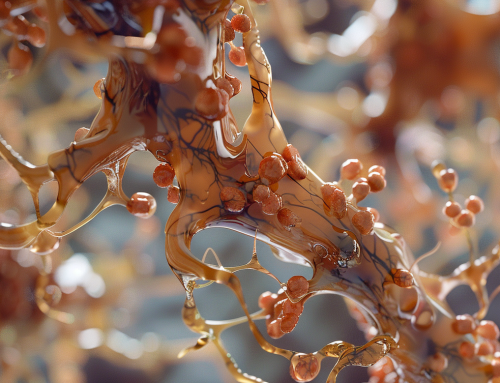Hutchinson-Gilford Progeria Syndrome: The Premature Aging Mystery
- What is Hutchinson-Gilford Progeria Syndrome (Progeria)? Hutchinson-Gilford Progeria Syndrome, often known as Progeria, is an extremely rare genetic disorder that causes rapid and premature aging in children. It’s a condition that captures the curiosity of many due to its unusual features.
- What Causes Progeria? Progeria is primarily caused by a genetic mutation in the LMNA gene. This mutation leads to the production of an abnormal protein called progerin, which disrupts normal cellular functions, resulting in accelerated aging.
- Symptoms and Challenges: Symptoms of Progeria typically appear during the first two years of a child’s life. Affected children tend to be smaller in size and face difficulties in gaining weight. They develop characteristics commonly associated with old age, including hair loss, wrinkled skin, and cardiovascular problems. Heart-related issues, such as atherosclerosis, are a major concern in Progeria patients and are often the cause of health complications.
- How is Progeria Managed? Managing Progeria primarily involves addressing the cardiovascular problems that arise. There is no known cure, but research into potential treatments, such as farnesyltransferase inhibitors, offers hope for better management and improved quality of life for affected children.
- The Rarity of Progeria: Progeria is exceptionally rare, with only a few hundred cases reported worldwide. Due to its low prevalence, scientific understanding and research into the syndrome have been limited. However, advancements in genetics and ongoing clinical trials provide optimism for the future.
- Genetics and Aging: Progeria provides a glimpse into the intricate relationship between genetics and aging. Studying this syndrome not only benefits those affected by it but also deepens our understanding of the genetic factors that influence the aging process.
- Conclusion: Hutchinson-Gilford Progeria Syndrome is a captivating medical condition that unravels the complex interplay of genetics and aging. While there’s no cure yet, ongoing research offers hope for improved management and potentially even a cure in the future.
References:
- Gordon, L. B., Shappell, H., Massaro, J., & D’Agostino, R. B. (2012). Cardiovascular disease in Hutchinson-Gilford Progeria Syndrome. Pediatrics, 129(6), 1234-1242.
- Merideth, M. A., Gordon, L. B., Clauss, S., Sachdev, V., Smith, A. C., Perry, M. B., … & Brown, W. T. (2008). Phenotype and course of Hutchinson-Gilford progeria syndrome. New England Journal of Medicine, 358(6), 592-604.
- Capell, B. C., Collins, F. S. (2006). Human laminopathies: nuclei gone genetically awry. Nature Reviews Genetics, 7(12), 940-952.








Leave A Comment